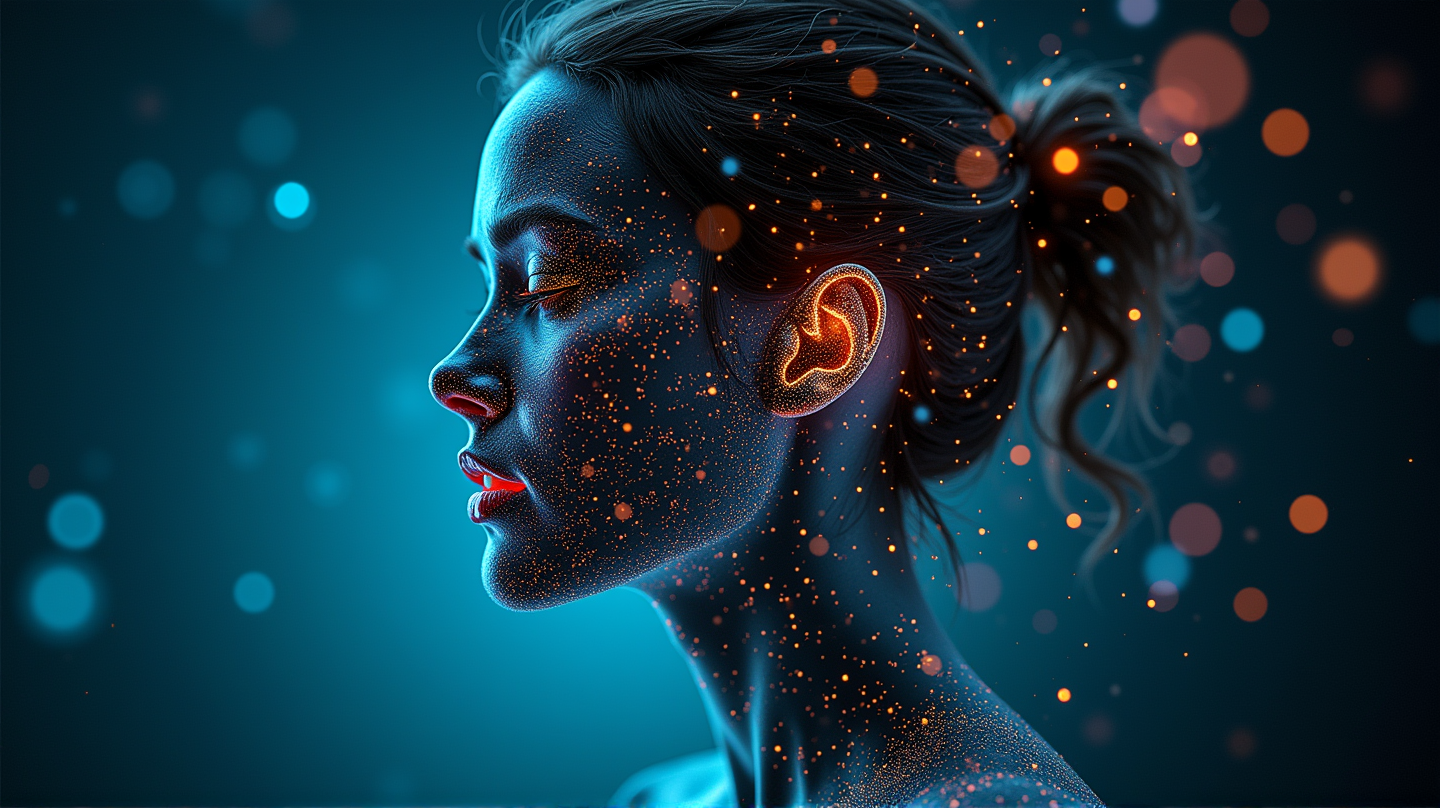The Pandemic’s Digital Impact
During the COVID pandemic, many discovered new online worlds of teaching, streaming, and video calls, as discussed by Yale’s Neta Alexander in her book “Interface Frictions: How Digital Debility Reshapes our Bodies.” For people like Alexander, however, it highlighted physical strains due to the intense screen time. A congenital facial paralysis left her prone to eye strain, while a metal plate in her spine exacerbated back pain, teaching her the lessons digital tools impose on us physically and emotionally.
Defining ‘Digital Debility’
Alexander terms these effects “digital debility,” describing how digital technology subtly inflicts harm on the human body. Her book dives into the impact of design features like autoplay previews and playback speed, showcasing how they might exacerbate addiction, physical discomfort, and fatigue.
Innovators Beyond the Norm
Crip technoscience, a term derived from disability media scholars Aimi Hamraie and Kelly Fritsch, captures how people with disabilities spur technological innovation, subverting and reshaping tools to better fit their unique needs. According to YaleNews, Netflix’s blind users developed speed-enhancing extensions for streaming long before the company offered that feature officially. Their adaptations paved the way for innovations now enjoyed broadly.
The Unseen Architects of Tech Change
Disability activists have long been behind significant media technology advancements. The book emphasizes closed captioning’s history, a push born from activism by deaf Americans urging Congress in the 1970s and ‘80s. Without these influences, today’s subtitles—used widely by language learners and Gen Z alike—might not exist.
Beyond Seamless Interfaces
Alexander introduces the notion of “access friction,” reminding us that design simplicity often overlooks user diversity. For instance, graphic user interfaces made tech more accessible to some while excluding others. “Access for whom?” she posits, urging the tech industry to consider who benefits and who is excluded as we seek more inclusive and humane technologies.
Reimagining Friction as Innovation
“Interface Frictions” doesn’t just critique; it envisions a world where friction can spark creativity and resistance, a world where diverse user engagement is prioritized from the start. As Alexander’s work shows, when it comes to technology, the seemingly cumbersome can drive profound innovation.
Join Neta Alexander and fellow scholars at the upcoming book launch on October 22, where they will further explore the intersections of digital design, accessibility, and human experience. This discussion is bound to ignite new ideas and inspire those striving for technological inclusivity and diversity.
